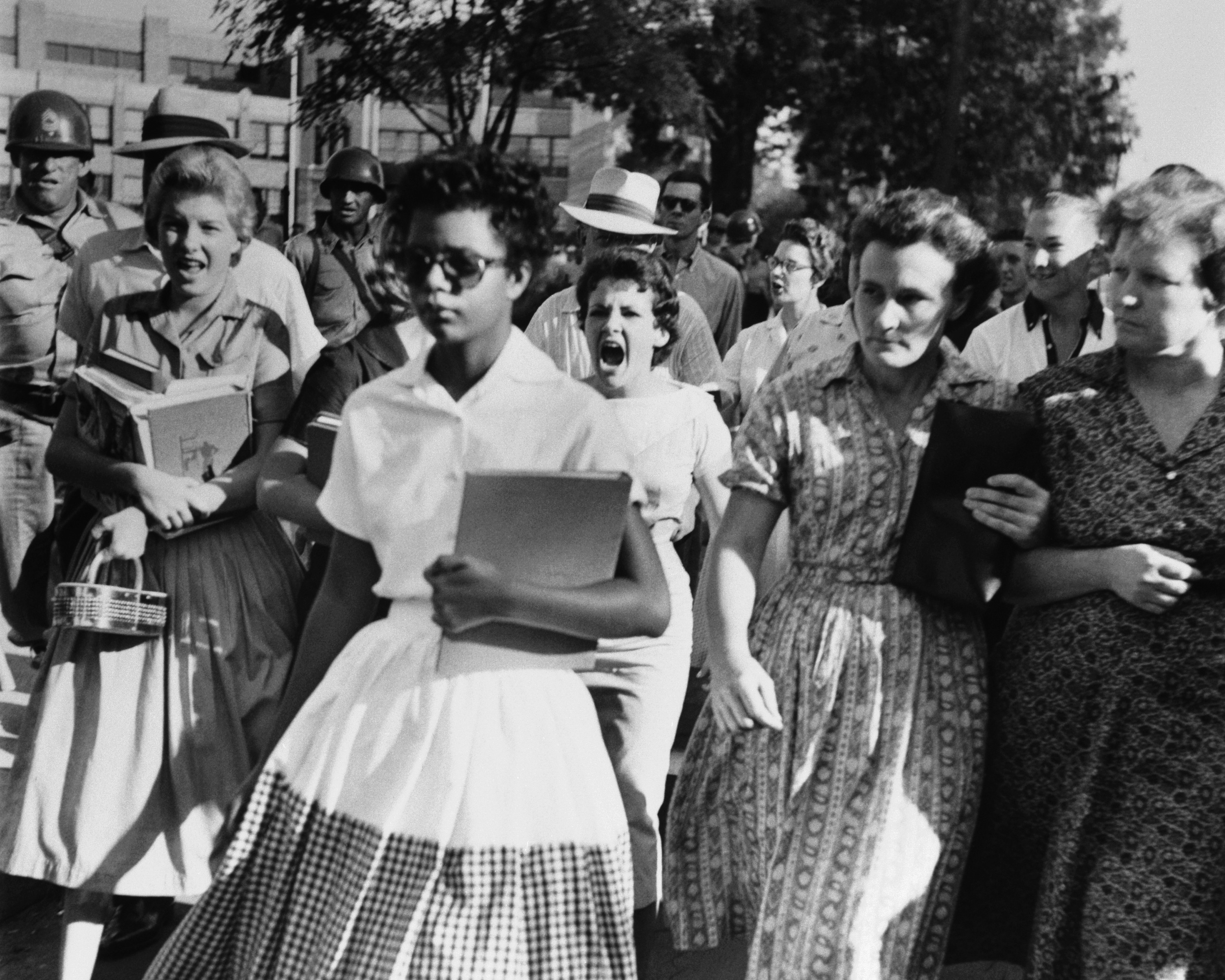
The first white child I ever taught was in Rwanda. Even though I was in my fourth year of teaching high school, no white students had attended the public school I taught in. I only taught in Rwanda for one school year, but when I resumed teaching in America, in Washington, DC, I only taught one additional white child during the remaining six years of my career.
In 1964, Dr. King said that Americans are most racially segregated at 11am on Sunday mornings. This may have been true in 1964, but in 2018, Americans are most racially segregated on weekdays from 8:03 am – 2:30 pm, the average school hours across the country.
Schools in America are as segregated in 2018 as they were when Dr. King was alive. This is a violation of civil rights. In 1954, Supreme Court Justice Warren wrote that segregated public schools are not equal and cannot be made equal, because segregation itself is a barrier to equality, even when resources are equally distributed. In ordering schools to desegregate, the Warren Court declared access to an integrated educational setting a civil right for students of color.
According to the Civil Rights Project at UCLA, American schools reached peak integration levels in 1988 when 45 percent of black students attending majority white schools. But since then, schools have re-segregated. In Washington DC, where I taught, 71 percent of public school children attended segregated schools. Similarly, In Milwaukee, Wisconsin, 80 percent of public school children currently attend schools which are segregated.
As segregation has increased, so has the racial achievement gap between white and black students. Wisconsin has the country’s highest racial achievement gap. Education experts across America used to blame poverty for this gap. While poverty undeniably affects children of color disproportionately to their white peers, poverty is the not the reason children of color are not learning as the same rate as their white peers. Segregation is. As Nikole Hannah Jones, winner of a 2017 MacArthur Genius Award, says, “So the debate, the logic around the achievement gap…is a logic of how do we take all these separate schools in which by and large white children and black children go to separate schools, how do we make those separate schools equal?
The answer is clear; integrate schools. Clear models exist for how to do this. Wisconsin was once a pioneer in desegregation. In 1975, the Wisconsin Legislature created the Chapter 220 Voluntary Transfer Program with the explicit goal of encouraging integration in Milwaukee area schools. The program successfully integrated 10 out of 23 Milwaukee suburban schools. According to the Public Policy Forum, a Wisconsin think tank, at its peak, 5,918 “minority” students were transferred out of their schools to majority white schools under the Chapter 220 program. While far from achieving perfectly equal racial representation in schools in and near Milwaukee, the Chapter 220 program successfully encouraged integration and, until recently, offered thousands of students of color opportunities they would never have had without it.
But in 2015, Governor Scott Walker began to phase out the Chapter 220 program in the name of budgeting. This is tragic dereliction of duty to uphold constitutional obligations to children of color.
School integration is the best way to close the racial achievement gap and to secure civil rights for children of color. The benefits of school integration penetrate far deeper than academic achievement. As Richard Rothstein has chronicled, black students who have been a part of integration efforts have increased life expectancy, higher job earnings and more freedom to exercise their rights to self-expression by voting. Additionally, integrated schools improve educational outcomes for students of color by providing resources minority students would not otherwise have access to.
Segregation impacts all children; all students who attend segregated schools are deprived of the opportunity to learn from perspectives of classmates with divergent backgrounds and experiences. And it is possible to see the benefits of integration almost immediately. In Louisville, Kentucky, the average school is made up of 49 percent white students, 37 percent black students and 14 percent Latino and other minority groups. Eighty percent of all these students in Louisville public schools say that because of their integrated school setting, they feel more prepared than they would otherwise to work with people of all backgrounds when they enter the workforce.
The Chapter 220 program was far from perfect. But it was a step in the right direction.
Education has been a key issue in Wisconsin’s governor race this election cycle. Now that Tony Evers, the Education Governor, has won the election against Scott Walker, Wisconsinites have a prime opportunity to demonstrate their commitment to education and to civil rights for all students. Bring back the Chapter 220 program. Insist on civil rights for children.
This opinion piece reflects the views of its author, and not necessarily those of Madison365, its staff, funders or board of directors.



